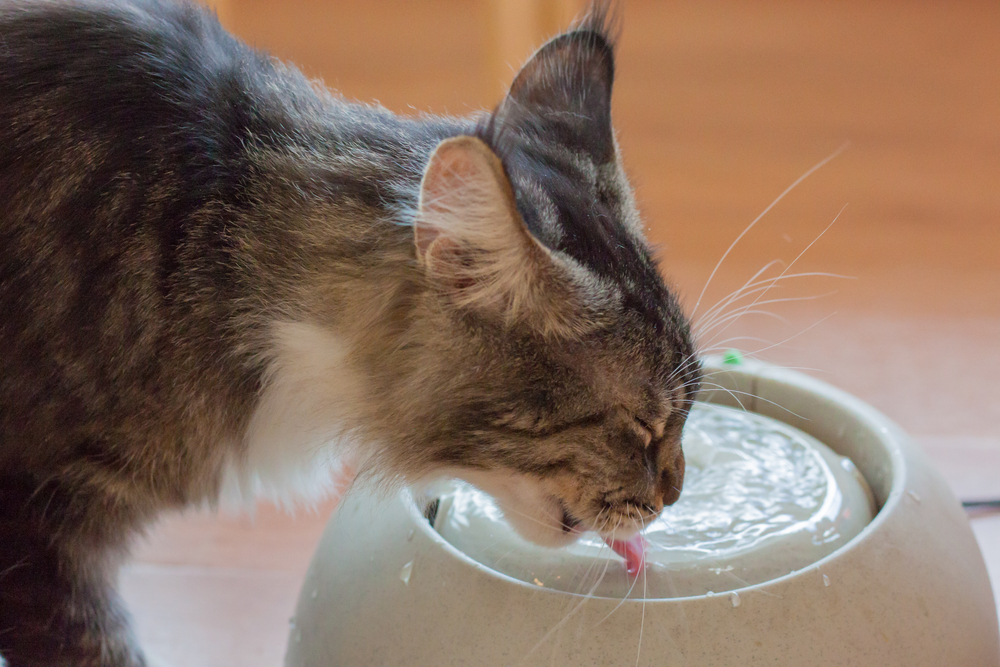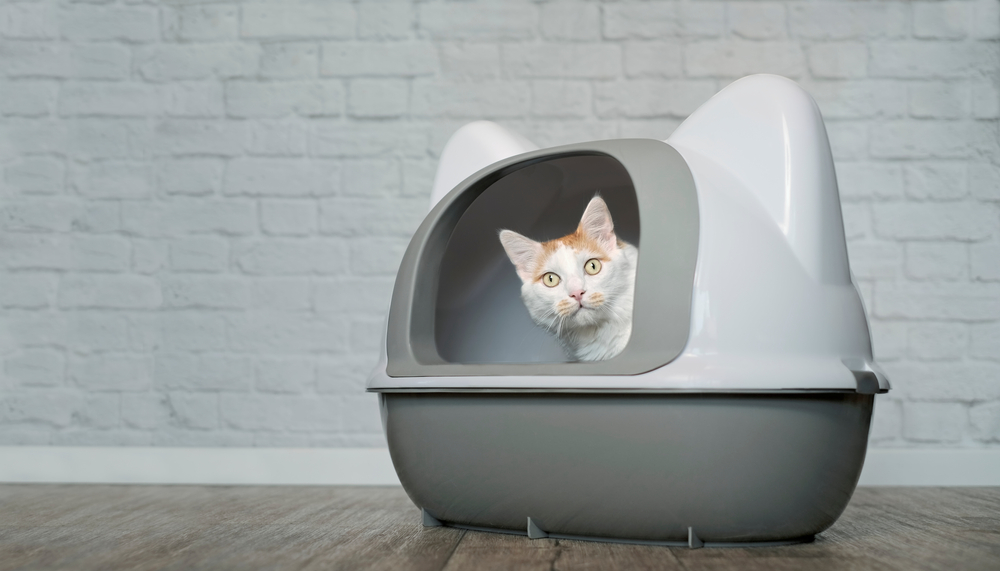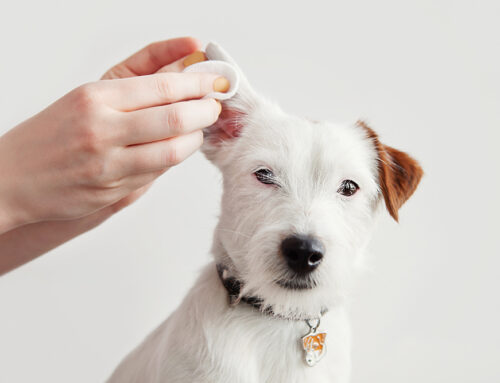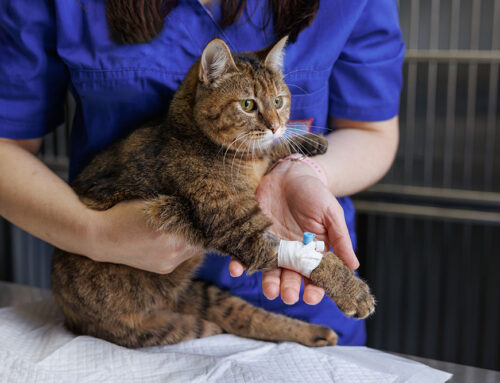A cat whose trips to the litter box become more frequent or who begins to urinate outside the litter box may be showing signs of feline lower urinary tract disease (FLUTD). FLUTD is a general term for a variety of conditions affecting a cat’s urinary tract and can lead to serious health complications. Our team at Memorial Villages Animal Hospital takes an in-depth look at this condition—including the causes, signs, treatment, and prevention—to help you protect your cat.
What are the causes of feline lower urinary tract disease?
FLUTD describes a range of disorders—from mild to serious—that affect a cat’s bladder and urethra. While all cats can develop FLUTD, indoor cats, cats in multi-cat households, overweight cats, and those cats on dry food-only diets are more predisposed. Factors such as emotional or environmental stress and abrupt changes in daily routine also may increase a cat’s risk. Conditions that can lead to a FLUTD diagnosis include:
- Feline idiopathic cystitis (FIC) — FIC is the most common diagnosis in cats with FLUTD. The term idiopathic means “of unknown cause,” and the exact cause of FIC is not known. However, some common abnormalities displayed by many cats include a defective bladder lining, neurogenic inflammation, and abnormal stress responses. Signs of FIC include frequent attempts to urinate—a result of bladder discomfort—and blood in the urine. Fortunately, most cases of FIC resolve with or without treatment.
- Bacterial urinary tract infection (UTI) — Feline UTIs are fairly uncommon and are usually caused by bacteria buildup in the urethra or bladder. Female cats, seniors, and obese cats have the highest risk of developing a UTI.
- Urinary stones — Urinary stones (e.g., uroliths) are hard mineral deposits that form in the urinary tract and can irritate or obstruct the bladder and urethra. The treatment depends on the mineral composition of the stones, but surgical removal is often necessary to prevent the stones from causing a life-threatening blockage. Cats who have had urinary stones are at an increased risk for recurrence and may need medication or dietary changes to prevent future deposits from forming.
- Urethral obstruction — Urethral obstruction, or blockage of the urethra, is one of the most dangerous conditions seen in cats with FLUTD and can be life-threatening. In addition to urinary stones, another common cause of urethral obstructions is urethral plugs consisting of minerals, cells, and mucus-like protein that accumulate in the urethra and cause an obstruction.
- Cancer — Cancer affecting the urethra or bladder in cats is rare. The most common bladder tumor in cats is a transitional cell carcinoma.
- Anatomical defects — In rare cases, there are genetic causes of lower urinary tract disease, such as a damaged urethra.
What are the signs of feline lower urinary tract disease?
The most common signs of FLUTD include:
- Straining to urinate
- Urinating small amounts
- Frequent and/or prolonged attempts to urinate
- Crying out while urinating
- Excessive licking of the genital area
- Urinating outside the litter box
- Blood in the urine
How is feline lower urinary tract disease diagnosed?
Because FLUTD can be caused by many different conditions, diagnosis can be difficult. Your veterinarian may perform a physical examination and a urinalysis (microscopic analysis of a urine sample) to assess your cat’s urine pH and concentration and detect the presence of crystals, bleeding, inflammation and infection. If a urinalysis cannot identify the cause of your cat’s FLUTD, additional testing, such as blood work, X-rays, abdominal ultrasound, and a urine culture, may be necessary.
How is feline lower urinary tract disease treated?
FLUTD is complex, and the cause of your cat’s condition will determine which treatment is prescribed. Treatments may include:
- Increased water consumption
- Changes in diet
- Antibiotics or medication
- Urinary acidifiers
- Fluid therapy
- Urinary catheter or surgery to remove a urethral blockage
How can feline lower urinary tract disease be prevented?

While not all FLUTD cases can be prevented, you can minimize your cat’s risk. Prevention steps include:
- Providing clean, fresh water — Ensure your cat has access to several water sources throughout your home, and refresh their water bowls daily.
- Keeping litter boxes clean — Clean your cat’s litter box twice a day, and change the litter at least once a week. If you have more than one cat, provide multiple litter boxes—one more than the number of cats in the household.
- Minimizing stress — Keep your cat’s environment as stress free as possible by maintaining a predictable routine.
FLUTD is serious, but you can decrease your cat’s risk by taking preventive measures. If you suspect your cat could have feline lower urinary tract disease, contact our Memorial Villages Animal Hospital team, so we can provide the care they need.









Leave A Comment